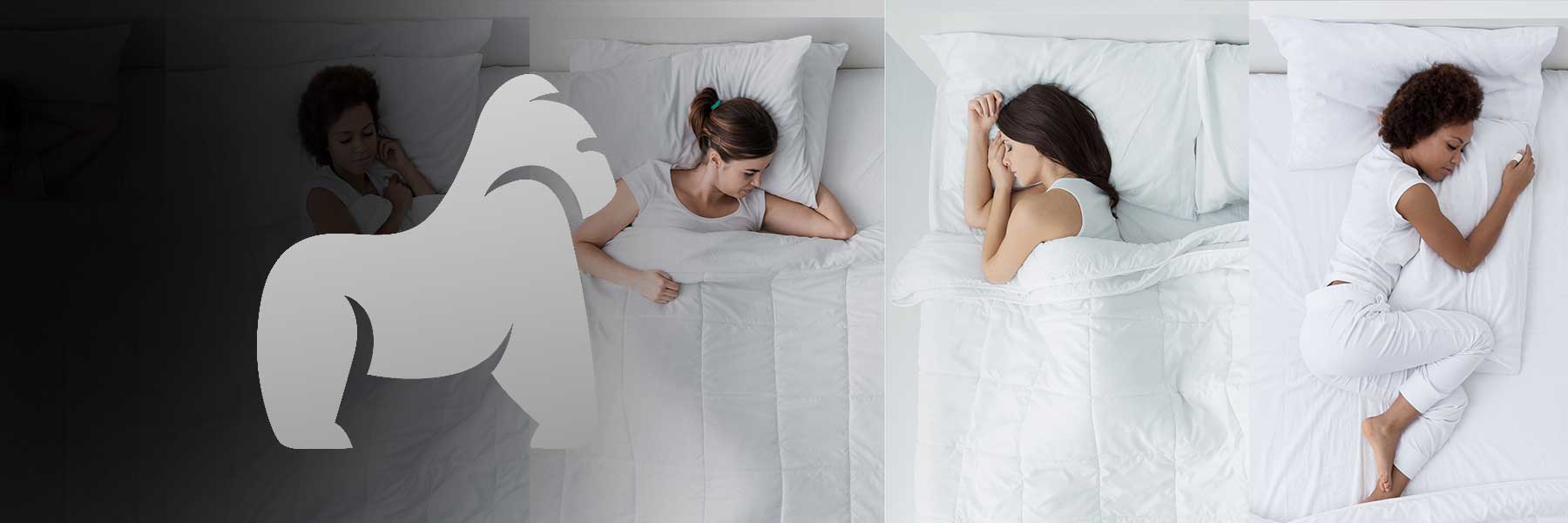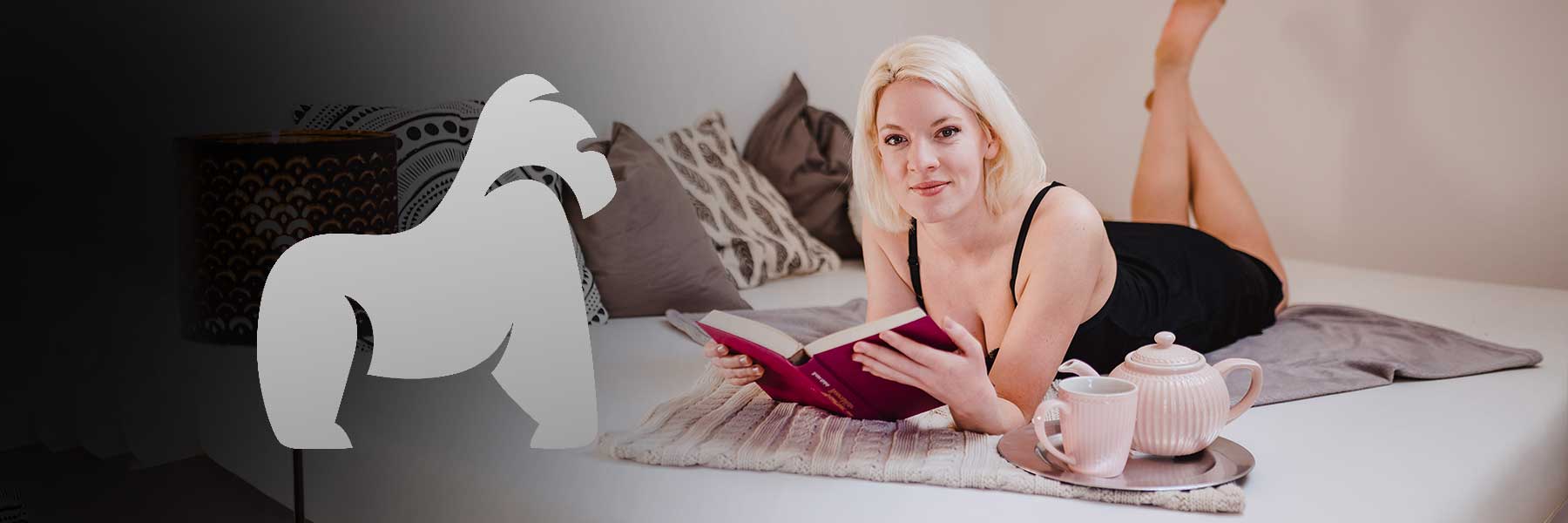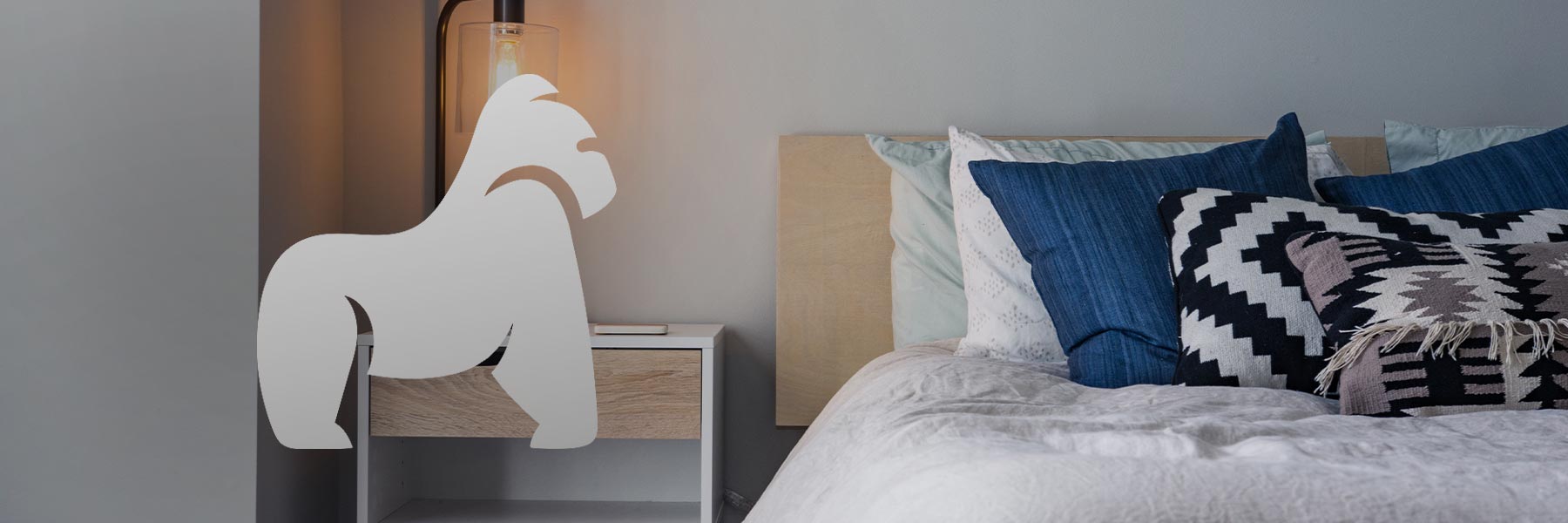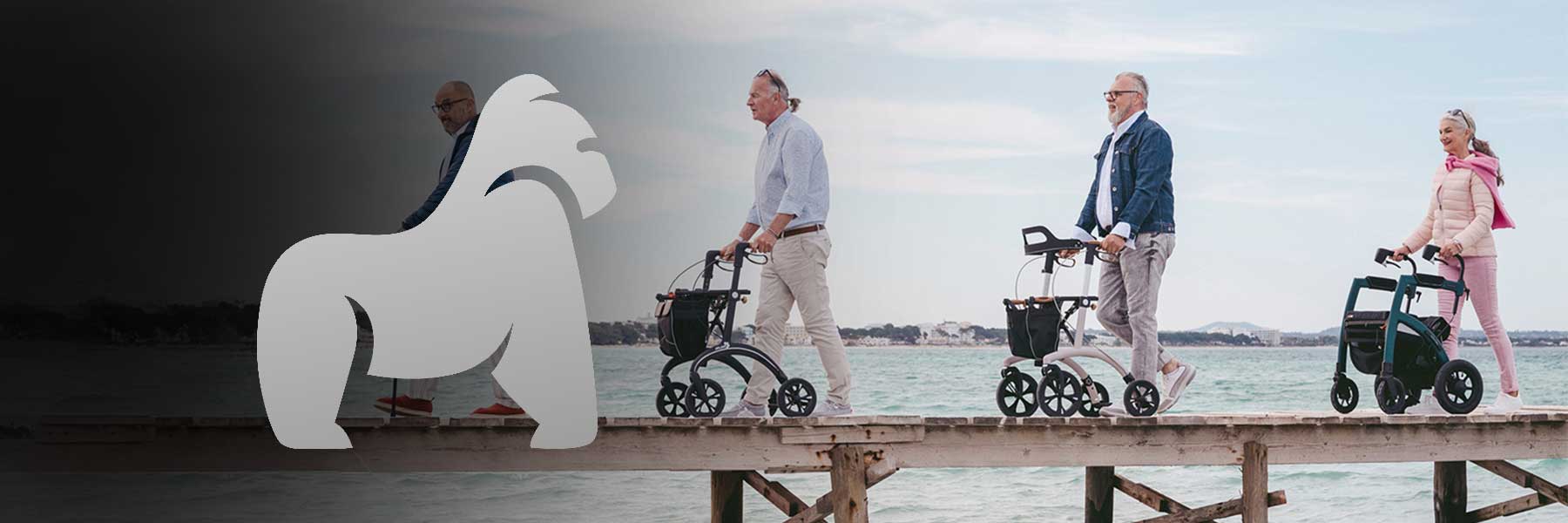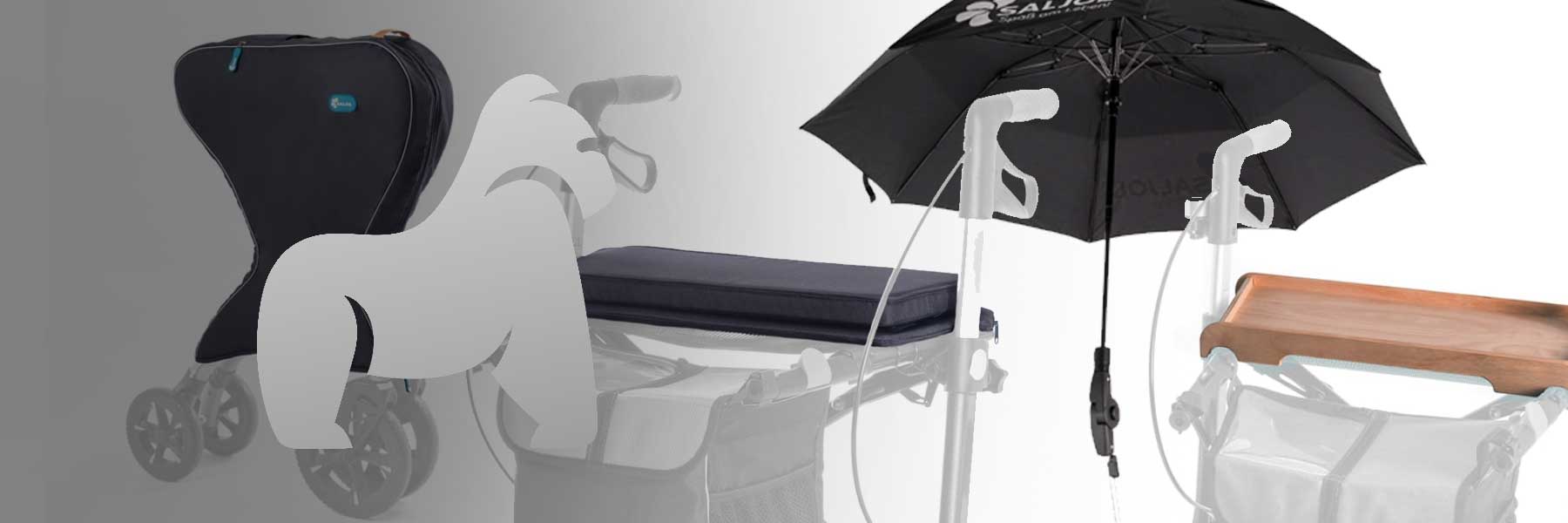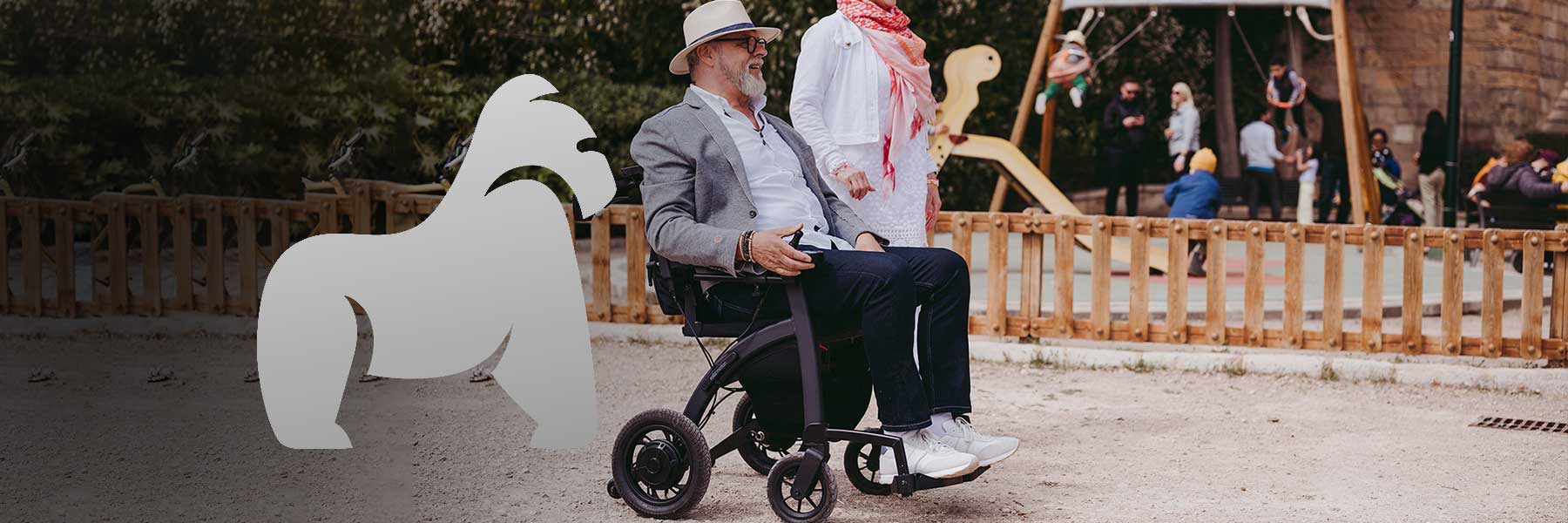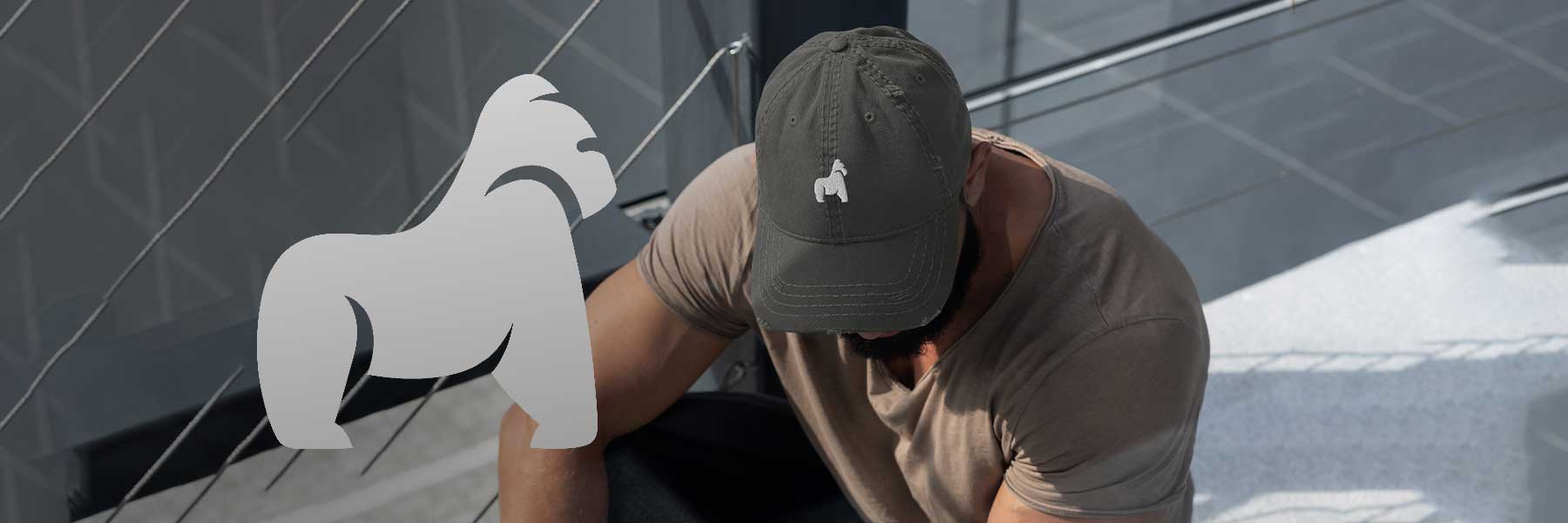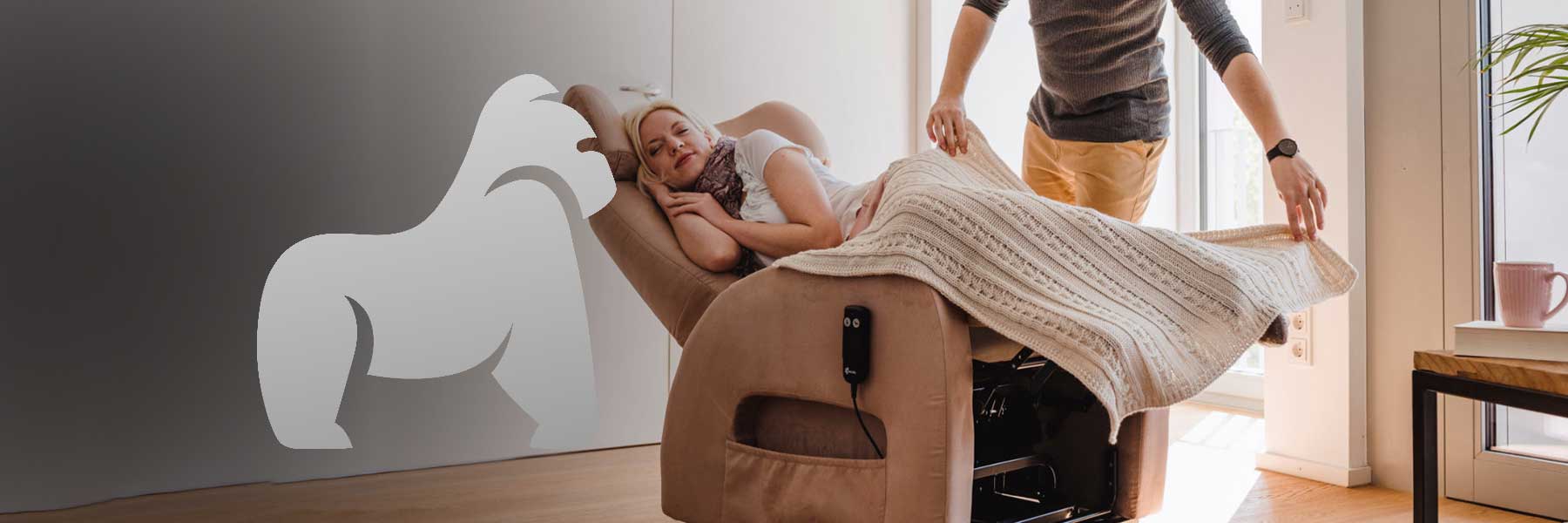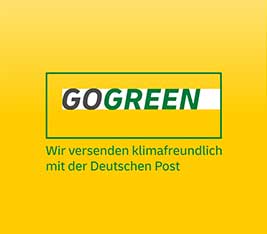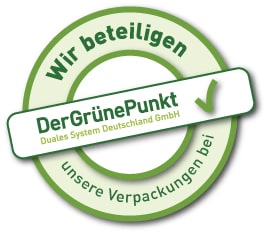
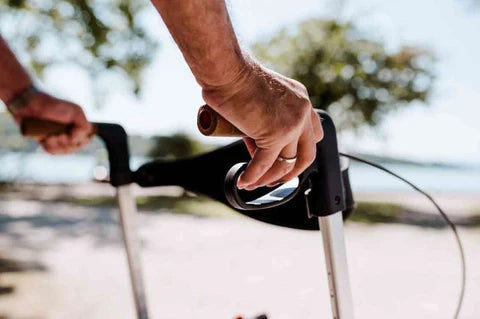
The best Rollator is useless if you don't know how to use it properly. However, this is neither due to the Rollator nor its user - rather, in most cases, there is a lack of thorough instruction. Now you might ask yourself what to consider when using a Rollator Walker. The answer is: quite a lot! It starts with adjusting the correct height and does not end with operating the brakes. To avoid accidents caused by inexperienced and incorrect use of the Rollator Walker, appropriate training is an important measure for fall prevention.
The correct posture when walking
Walk in the Rollator Walker, not behind it! Keeping the distance between your body and the Rollator Walker as small as possible serves safety and prevents back pain.
Adjusting the correct height
Let your arms hang loosely down. The handles should be set approximately at the height of your wrists.
Sitting on the Rollator Walker
Turn around between the handles of the Rollator Walker so that your back faces the seat. Support yourself with your hands on the handles of the Rollator Walker, bend your upper body forward, and sit down slowly. If your Rollator Walker has a back strap, you will not only sit more comfortably but also prevent yourself from tipping backward.
The correct height of the Rollator Walker
A Rollator Walker is not a chair, but a walking aid. You don't sit on a Rollator Walker for long and comfortably like on an armchair. The seat height of the Rollator Walker should be higher than that of a chair. The angle of your knee pits should be about 100 - 120 degrees when you sit on the Rollator Walker. This way, you can stand up easily and safely.
Braking while walking
To prevent the Rollator Walker from rolling away on a slope, you can slow down by pulling and holding the brake lever.
Engaging the brake
If you want to sit down, you must first engage the brake. To do this, press the brake lever down with the palm of your hand until it locks.
Overcoming curbs and door thresholds
Approach smaller obstacles at an angle and push the front wheels over the edge one after the other. If your Rollator Walker has a tipping aid, small step levers at the height of the rear wheels, use them. If the curb is still too high, it is best to find a spot where the sidewalk edge is lowered.
Folding and unfolding
Premium Rollator Walkers are folded lengthwise. To do this, simply pull up a release strap on the seat, squeeze the carrying handles together, and attach the safety bar. Practical tests have shown that most seniors are generally not able to fold and store the so-called cross-folders independently.
Small tips to protect against theft and vandalism
Rollator Walkers are increasingly being stolen or damaged. Unlike bicycles, Rollator Walkers cannot be insured against the risk of simple theft through household insurance. They are only insured if stolen from the apartment during a burglary. If they are left in the hallway, in front of a store, or a doctor's office, the insurance does not pay. Ask about such a premium Rollator Walker insurance when purchasing a Rollator Walker, which you can obtain at medical supply stores.
Types of Rollator Walkers
- Standard Rollator Walker
- Lightweight Rollator Walker
- Three-wheeled Rollator Walker
- Carbon Rollator Walker
- Indoor Rollator Walker
- Outdoor Rollator Walker
- Arthritis Rollator Walker
- 2 in 1 Rollator Walker & Rollstuhl





